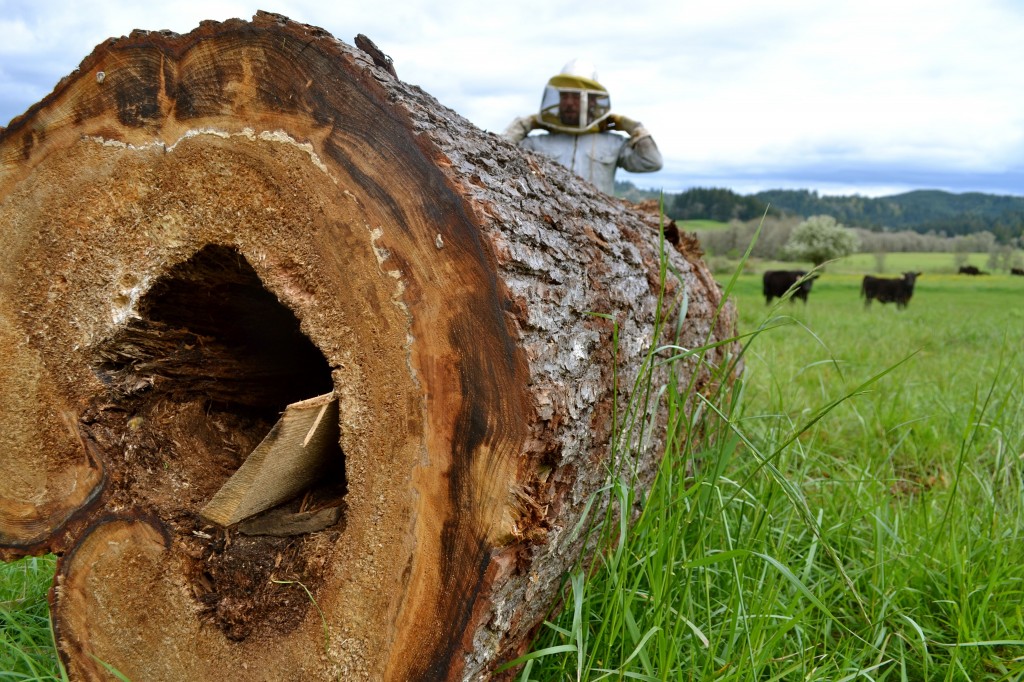- Joined
- Jun 12, 2017
- Messages
- 494
- Reaction score
- 278
- Location
- Warwickshire
- Hive Type
- National
- Number of Hives
- 100+
Hi
Have been reading a lot regards WP and came across the below link that seems logical but wanted to check as there seems many different methods people are using , i guess they all work as long as the bee's have enough stores etc , anyway please can the more experienced take a look as interested in opinions .
norfolkbee. co.uk/beekeepers-resource/winter-preparation
To sum-up , Super under BB with QE removed etc , i was going to simply remove the QE and leave the Super above the BB .
Thanks
Andy
Have been reading a lot regards WP and came across the below link that seems logical but wanted to check as there seems many different methods people are using , i guess they all work as long as the bee's have enough stores etc , anyway please can the more experienced take a look as interested in opinions .
norfolkbee. co.uk/beekeepers-resource/winter-preparation
To sum-up , Super under BB with QE removed etc , i was going to simply remove the QE and leave the Super above the BB .
Thanks
Andy
Last edited:




